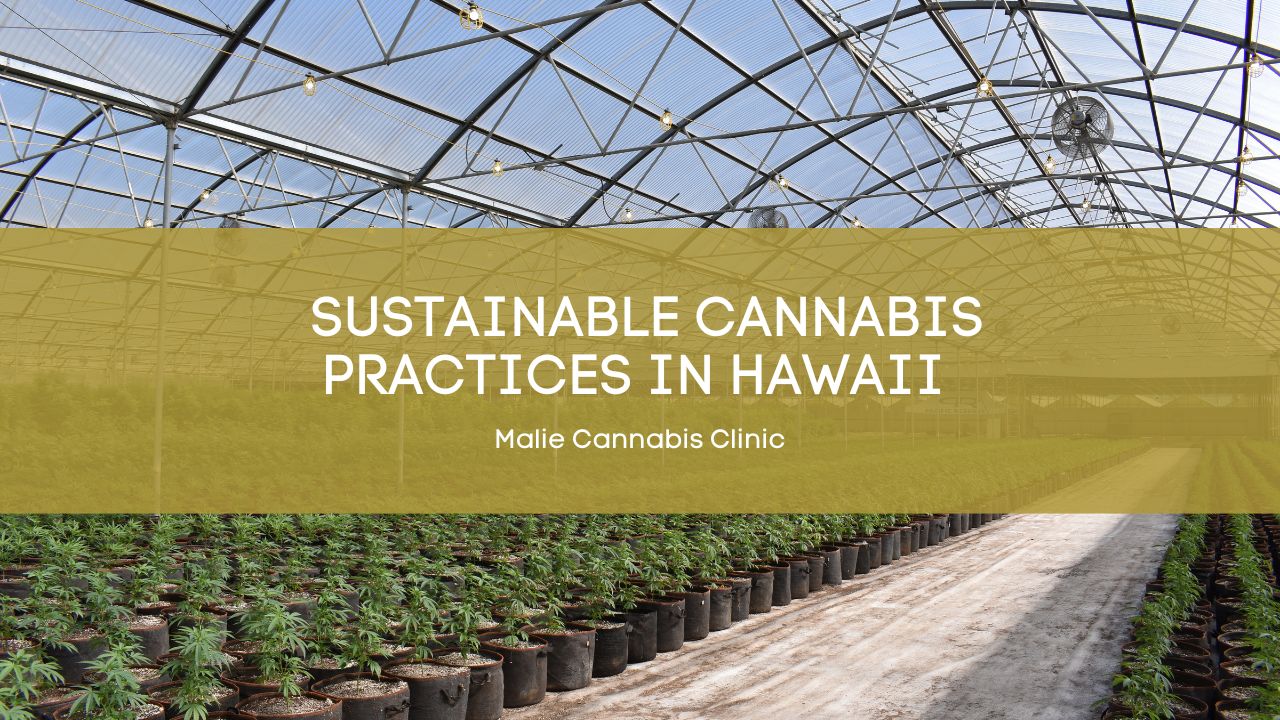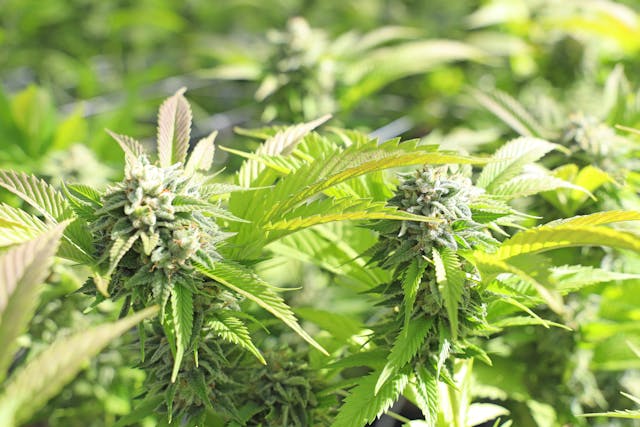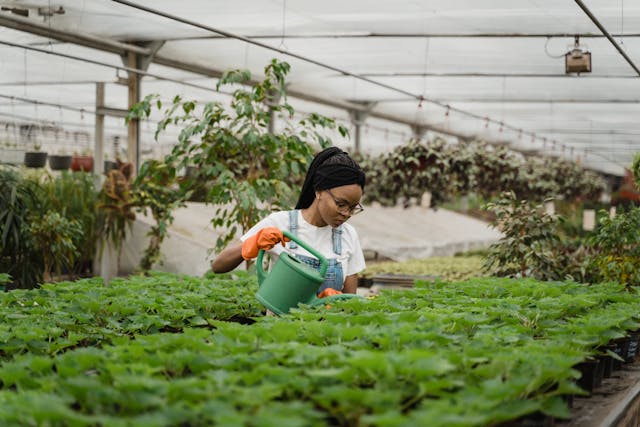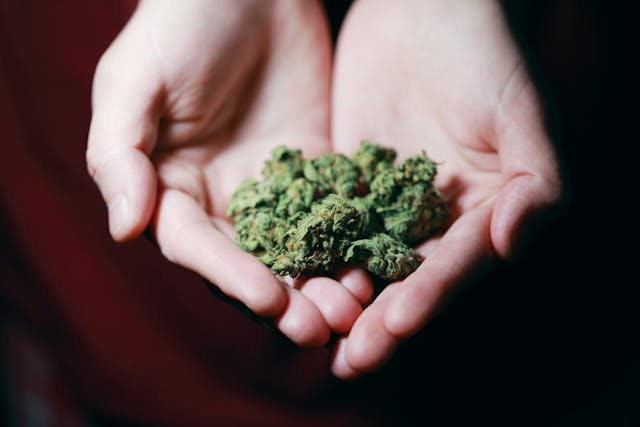
A pressing concern arises as cannabis gains more traction in Hawaii. Sustainability is crucial for preserving Hawaii’s delicate ecosystems while meeting the growing demand for cannabis products.
The Growing Cannabis Industry in Hawaii
Hawaii legalized medical cannabis in 2000, and as demand has increased, more businesses have entered the market. However, Hawaii’s unique environment means that cannabis production must be done thoughtfully to avoid harming the natural surroundings.
Many farms in Hawaii are already implementing sustainable methods, but as the industry expands, consistent and environmentally responsible practices are essential. Cannabis production has a reputation for being resource-intensive.
Indoor cultivation consumes massive amounts of energy, while outdoor growing can deplete soil and water resources. Hawaii’s environment is especially vulnerable to these effects due to its limited freshwater supplies and unique biodiversity.
Energy Conservation in Cannabis Cultivation
A common cannabis misconception is that it is grown outdoors, but cultivation in Hawaii is often energy-intensive indoor growing systems. In other regions, cannabis is commonly grown indoors due to climate conditions.
In Hawaii, the climate is more conducive to outdoor growing, but many cultivators still opt for indoor systems to maintain full control over the plant's growing conditions.

To make cannabis cultivation more sustainable, energy consumption must be reduced. Hawaii has an abundance of solar energy potential, which can be harnessed to power indoor grow lights and climate control systems.
Some forward-thinking cannabis farms have already begun integrating solar panels and energy-efficient lighting to lower their carbon footprint.
For instance, LED grow lights, which consume significantly less energy than traditional high-pressure sodium (HPS) lights, are becoming a go-to choice. Coupled with automated systems that optimize the amount of light, water, and nutrients each plant receives, growers can greatly reduce their energy usage.
Moving toward renewable energy sources not only reduces the environmental impact of cannabis cultivation but also lowers costs for growers in the long run. As the state moves toward 100% renewable energy, incentivizing cannabis farmers to transition to greener practices will benefit both the industry and the environment.
Water Conservation: Protecting a Precious Resource
Water is one of Hawaii’s most precious resources, and cannabis cultivation requires a lot of it. On average, one cannabis plant consumes up to six gallons of water per day during the growing season. To mitigate the environmental impact of water usage, sustainable farms use innovative irrigation methods.

Drip irrigation, for example, reduces water waste by delivering water directly to the plant's root zone. This method ensures that water is used efficiently, minimizing runoff and evaporation. Another method is rainwater harvesting, which involves collecting rainwater for later use.
In addition to these irrigation methods, cultivators are exploring ways to recycle water within their operations. For example, some cannabis growers use closed-loop systems that filter and reuse water multiple times, further reducing the demand on local water sources.
Organic and Regenerative Farming Practices
Another significant sustainability issue in cannabis production is the use of chemical pesticides and synthetic fertilizers. These substances can harm the environment by contaminating soil and water. Hawaii's pristine ecosystem makes it especially important to minimize the use of harmful chemicals in cannabis farming.
To address this, many cannabis growers in Hawaii are turning to organic farming methods. Organic farming focuses on using natural substances to promote plant health and prevent pests. For example, instead of using synthetic pesticides, organic farmers might introduce beneficial insects like ladybugs to control pests.Regenerative farming is another approach gaining traction in Hawaii’s cannabis industry. This farming method goes beyond sustainability to actively restore the environment.
Regenerative practices focus on improving soil health, increasing biodiversity, and enhancing ecosystem resilience. Techniques such as composting, crop rotation, and using natural mulch help build healthy soil, which in turn reduces the need for chemical inputs.
By focusing on regenerative and organic practices, Hawaii’s cannabis farmers can produce high-quality products without sacrificing the health of the island’s environment.
Sustainable Packaging: Reducing Waste
Cannabis packaging has become another area of concern in the sustainability conversation. The packaging requirements for cannabis products often lead to excessive use of plastics and other non-recyclable materials.

In Hawaii, this issue is particularly pressing as waste management is more complex on islands, and plastics contribute to marine pollution. Many cannabis companies are shifting toward sustainable packaging solutions.
Biodegradable packaging made from plant-based materials, such as hemp or bamboo, offers a promising alternative to traditional plastic packaging. Additionally, some companies are adopting reusable packaging programs, where consumers can return containers to be cleaned and refilled.
Incorporating sustainable packaging is a win-win: not only does it reduce environmental harm, but it also appeals to consumers who prioritize eco-friendly products. In Hawaii, where many residents and visitors are environmentally conscious, offering sustainable packaging can enhance a company’s reputation and attract a loyal customer base.
Collaboration and Policy: Building a Sustainable Future
Hawaii's cannabis industry, like any agricultural sector, does not operate in a vacuum. Sustainable cannabis production requires collaboration between farmers, policymakers, and consumers. The state government can play a pivotal role by offering incentives for sustainable farming practices, such as tax breaks for farms that adopt renewable energy or water-saving technologies.
Public education campaigns can also raise awareness about the importance of sustainability in cannabis production. As more people become aware of the environmental impact of cannabis, there will likely be increased demand for sustainably produced products.
Bottom Line
Sustainability is not just a buzzword in Hawaii’s growing cannabis industry—it’s a necessity. As the state navigates the complexities of cannabis production, a focus on energy conservation, water management, organic farming, and eco-friendly packaging is essential.
With responsible practices and collaborative efforts, Hawaii’s cannabis industry can thrive while protecting the unique ecosystems that make the islands so special.Contact Malie Cannabis Clinic for more information!